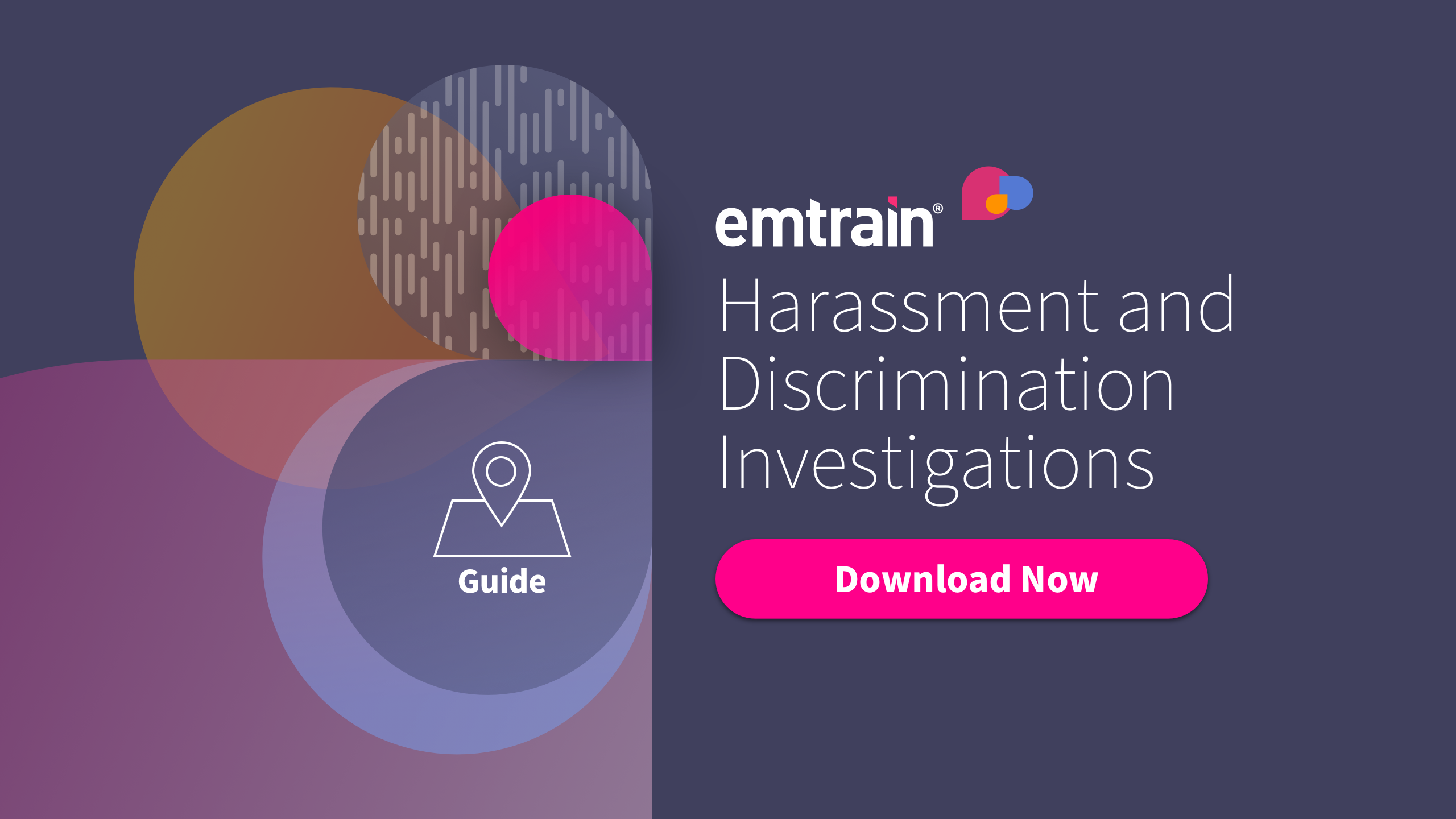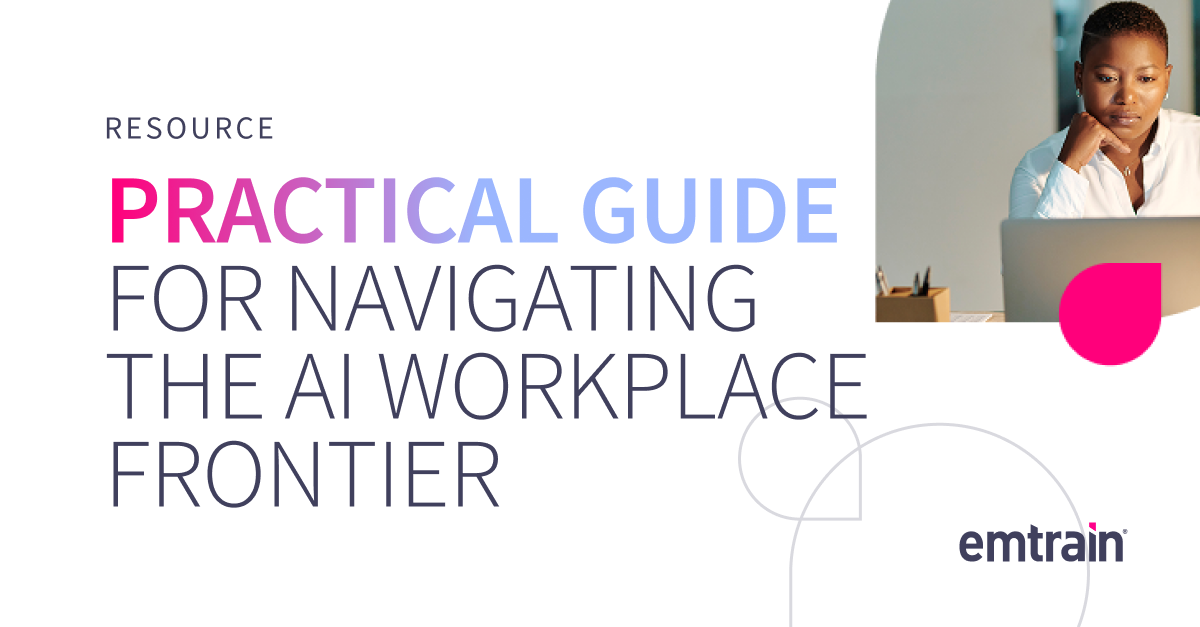Employers have a legal obligation to conduct fair and timely workplace investigations. But the legal duty to investigate only tells part of the story. For companies committed to creating and maintaining healthy workplace cultures, having a reliable and effective cycle of receiving, investigating, and resolving complaints is vital. By approaching investigations as an opportunity to identify and fix misconduct, organizations increase trust and create a stronger sense of inclusion.
But saying that an organization is committed to investigating claims of harassment and discrimination isn’t enough. Leaders in modern workplaces know that this task requires a methodology that is structured, but that also allows investigators to use their common sense and good judgment. Most companies still rely on antiquated systems, viewing investigations as nothing more than an obligatory exercise rather than a chance to get to the root of workplace strife and to implement real change that will not only resolve the issue at hand but will also identify ways to improve the overall work environment. By relying on the tips in this guide, you will be able to move away from that old way of thinking and create a thoughtful approach to investigating claims at your organization.
In this investigation guide, you will find a step-by-step approach to conducting investigations that are unbiased and complete. The content will help you become a curious workplace sleuth who knows how to obtain the information necessary to reach fair conclusions and will help you hone your analysis and problem-solving skills.
The guide walks investigators through the various steps required to conduct workplace investigations—from intake and planning to interviewing and collection of evidence, and from analysis to report writing, including sections on:
- Collecting information about the complaint to effectively create an investigation roadmap
- Key planning tools to make sure you are well-prepared for any situation
- Critical interviewing skills that will make witnesses feel comfortable and that allow you to obtain the information necessary to make a determination about the allegations
- Tips on how to analyze the evidence you collect, including making credibility determinations
- Guidance on ways to report your findings and ways to make decisions about appropriate remedial measures
- Additional information on critical issues related to the attorney-client privilege, recordkeeping, and documenting the investigation
Conducting investigations is hard work and requires a relentless commitment to gathering and analyzing information about allegations of misconduct. By relying on the information in this guide, you’ll be able to make the process easier and more effective.






